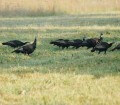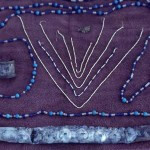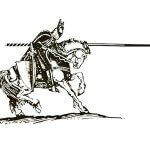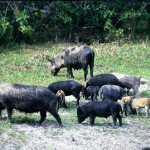John’s Note: The Wesner Ranch/Double E Outdoors in Reydon, Oklahoma, with holdings in both Texas and Oklahoma, homes plenty of turkeys, as well as a wealth of history.
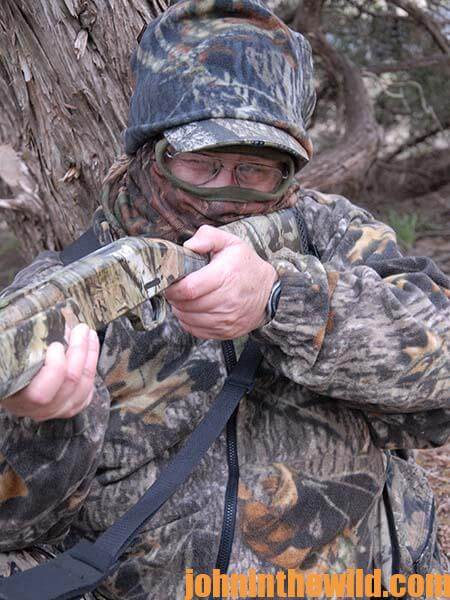 One of the reasons I enjoy my job as a journalist is I have an opportunity to learn so much and this was especially true while hunting with Ed and Chauncey Wesner.
One of the reasons I enjoy my job as a journalist is I have an opportunity to learn so much and this was especially true while hunting with Ed and Chauncey Wesner.
Ed told me some of the history of his family and the Land Rush of 1889 that enabled their families, and 50,000 other families to claim free land in Oklahoma. “Clem Rogers, originally from Iowa, was my great grandfather,” Ed Wesner told me. “When he learned about the free land in Oklahoma, he left Iowa and came West to claim his share of this new land. Grandfather Rogers believed a man was nothing without land. My mother’s side of the family also made the Land Run as it also was called, and they came to this country from Ireland. My wife’s great grandparents also made the Run. So, my great grandparents on both sides of my family acquired much of the land we now hold during the Oklahoma Land Rush of 1889.
The rules of the Land Run were that each person could claim a quarter section of land, about 160 acres. If you improved the land by building a home, growing crops and/or raising cattle, the land would be yours for free. Some families staked out two quarter sections side by side. My great, great, great grandfather on the Wesner side came from Texas and was one of the original Texas Rangers. He was killed and scalped by the Comanches near Stephenville, Texas. My grandmother on my dad’s side and her husband John Wesner settled on the land where the Battle of the Washita River occurred.
“The description of the battle is on a marker at the battle site: ‘The Battle of the Washita, a major engagement in the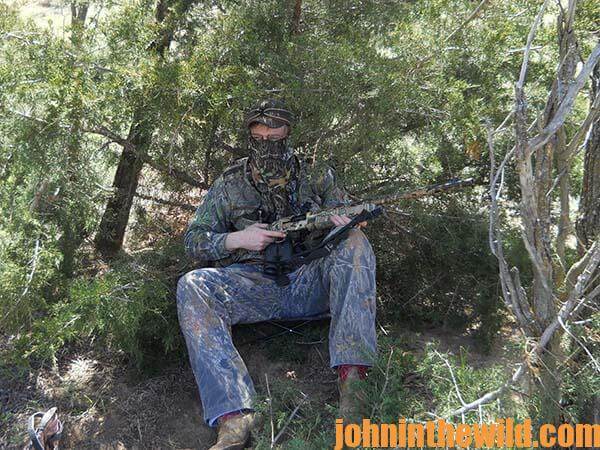 Plains Indian War, which established the western expansion of the United States, was fought on this site. Colonel George A. Custer’s command of 500 troopers from the 7th Cavalry and a detachment of scouts, including the famed Ben Clark and the Osage Hardrope, destroyed Chief Black Kettle’s Cheyenne village here on November. 27, 1868. Black Kettle, peace leader of the southern Cheyennes, had sought military assurance that he would not be attacked here. There were in his camp, however, young men who had taken part in war parties raiding in Kansas. Custer’s command left Camp Supply on November 23.
Plains Indian War, which established the western expansion of the United States, was fought on this site. Colonel George A. Custer’s command of 500 troopers from the 7th Cavalry and a detachment of scouts, including the famed Ben Clark and the Osage Hardrope, destroyed Chief Black Kettle’s Cheyenne village here on November. 27, 1868. Black Kettle, peace leader of the southern Cheyennes, had sought military assurance that he would not be attacked here. There were in his camp, however, young men who had taken part in war parties raiding in Kansas. Custer’s command left Camp Supply on November 23.
His scouts located the Cheyenne village on the night of November 26, after a forced march through a bitterly cold blizzard and deep snow.
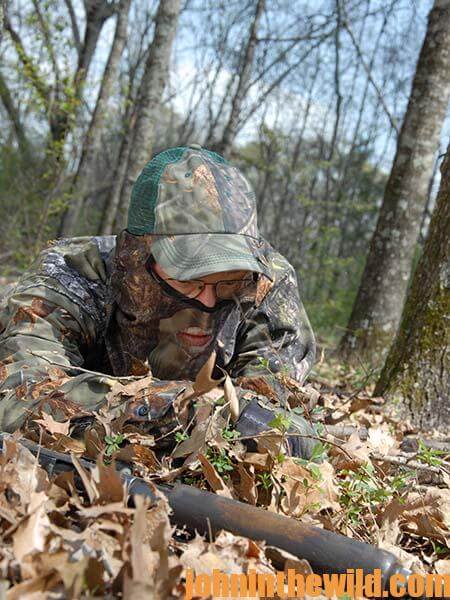 Custer deployed his command to surround the village, and at dawn, with the regimental band playing ‘Gary Owen,’ swept in to attack the sleeping Cheyennes. The number of Indians killed in the fighting is a point of controversy. Custer claimed 103 warriors. In the report to the Secretary of the Interior (1869-70) Cheyennes set the total at 13 men, 16 women including Black Kettle and his wife, and 9 children. Captain Louis Hamilton, grandson of Alexander Hamilton, was one of two officers killed. Major Joel Elliott and a squad of troopers in pursuit of the fleeing Cheyennes were trapped on Sergeant Major Creek beyond a mile from the village and killed to the last man. The Cheyenne lodges and winter supplies of food and buffalo robes were burned, while 875 of their horses were slaughtered at nightfall. The cavalry returned to Camp Supply, with 53 women and children captives.”
Custer deployed his command to surround the village, and at dawn, with the regimental band playing ‘Gary Owen,’ swept in to attack the sleeping Cheyennes. The number of Indians killed in the fighting is a point of controversy. Custer claimed 103 warriors. In the report to the Secretary of the Interior (1869-70) Cheyennes set the total at 13 men, 16 women including Black Kettle and his wife, and 9 children. Captain Louis Hamilton, grandson of Alexander Hamilton, was one of two officers killed. Major Joel Elliott and a squad of troopers in pursuit of the fleeing Cheyennes were trapped on Sergeant Major Creek beyond a mile from the village and killed to the last man. The Cheyenne lodges and winter supplies of food and buffalo robes were burned, while 875 of their horses were slaughtered at nightfall. The cavalry returned to Camp Supply, with 53 women and children captives.”
One of the interesting stories I learned from Ed Wesner while on the way to pick up a copy of my Texas turkey hunting license that I’d forgotten to bring, was about the college student who showed up at the Land Run in 1889 with no horse, no wagon and no visible form of transportation. I’m sure he was the laughingstock of everyone who saw him. In my mind, I can hear whispers in the crowd, “How does that boy think he’ll get to any of the prime land and claim a stake? I’m sure he can’t walk more than 10 miles in a day. He must plan to claim some of the land here at the starting line.” But this young college boy had a secret. What the crowd didn’t know was that this Ivy League college student was a marathon runner who’d been competing at his university. He could run 26 miles in half a day, which meant he could go further and faster than men on horseback or families in wagons.
I also learned that the term “Sooner” was used for the less than scrupulous people who snuck out to the new land before the race started and camped out. Then once the race began, they staked claims on some of the prime property the government was offering. For me, a turkey hunt isn’t only finding and taking a gobbler. But, also learning all I can about the people, the land and the history where I am leaving footprints.
For more information on hunting with the Wesners, go to www.doubleeoutdoors.com, or call 806-565-4679.
To learn more about turkey hunting, get John E. Phillips’ new eBook “How to Hunt Turkeys with World Champion Preston Pittman.” Click here to get this book.
About the Author
John Phillips, winner of the 2012 Homer Circle Fishing Award for outstanding fishing writer by the American Sportfishing Association (AMA) and the Professional Outdoor Media Association (POMA), the 2008 Crossbow Communicator of the year and the 2007 Legendary Communicator chosen for induction into the National Fresh Water Hall of Fame, is a freelance writer (over 6,000 magazine articles for about 100 magazines and several thousand newspaper columns published), magazine editor, photographer for print media as well as industry catalogues (over 25,000 photos published), lecturer, outdoor consultant, marketing consultant, book author and daily internet content provider with an overview of the outdoors.

